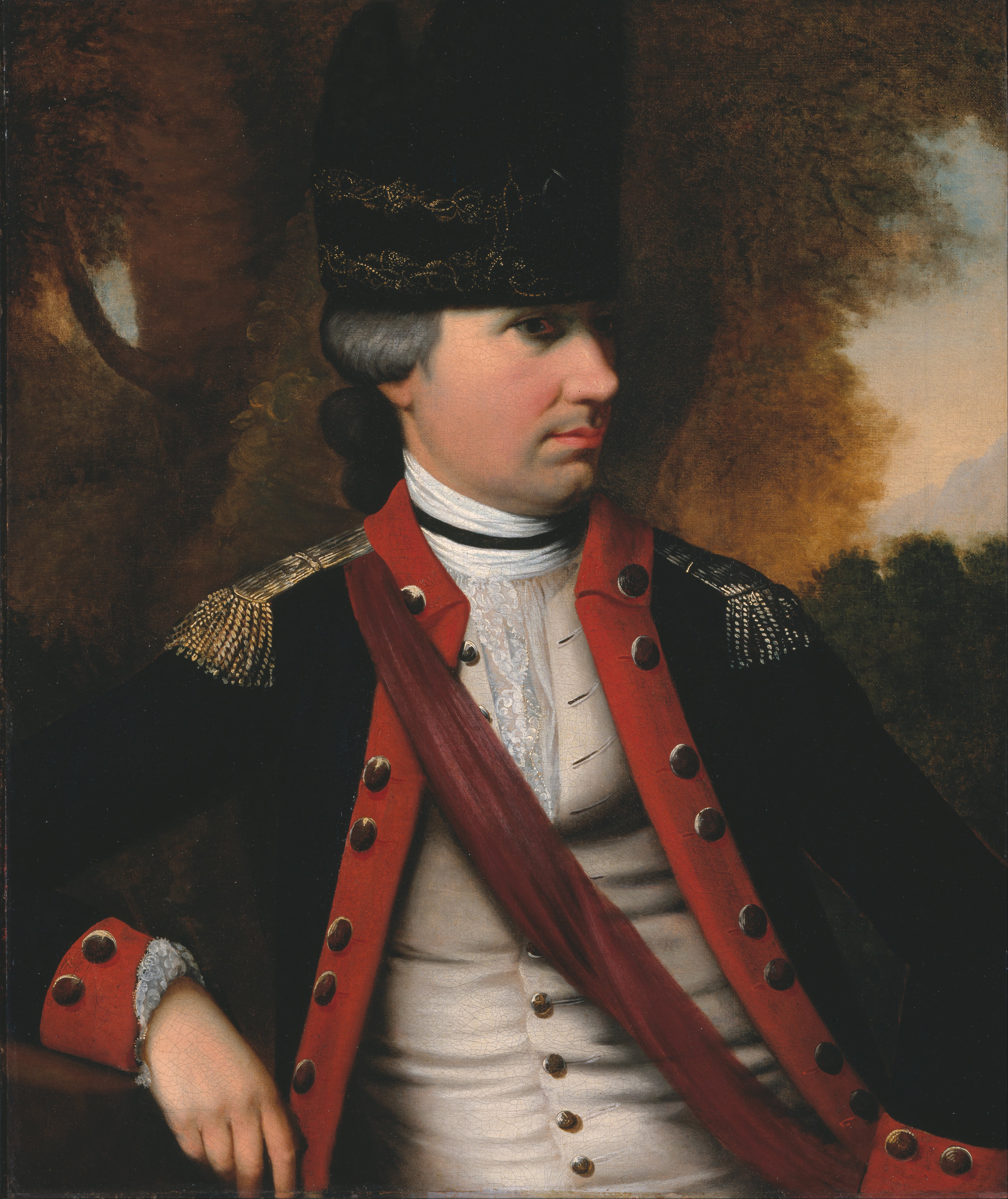
Since its foundation the Charleston Library Society’s members have been focal points in politics, culture, and current events. Many of the Library’s early members played important roles in the development of the city and South Carolina, and were particularly important players in the fight for independence. Charles Cotesworth Pinckney (right, c. 1773), who joined the Society in 1769, and Thomas Lynch Jr., who joined in 1777, were signers of the Constitution and the Declaration of Independence, respectively. Later members also contributed by preserving and sharing their collections related to the country’s early history, donating important documents including the papers of John Paul Jones, George Washington, and Alexander Hamilton. This period from the mid 18th to early 19th century represents one of the most abundant parts of our special collections.
 The library was founded in 1748, almost thirty years before the Revolutionary War, and its membership consisted of both fervent Loyalists and Patriots. While Thomas Bee and Charles Cotesworth Pinckney were important leaders of the fight for independence and later in the early Republic, other prominent members like Alexander Garden, horticulturist and namesake of the gardenia, and newspaper printer Robert Wells were forced to flee to Great Britain due to their loyalty to the crown. A miniature portrait of Colonel Richard Lushington, a library member who commanded an all-Jewish regiment during the Revolution, was recently rediscovered and is currently on display in the main reading room of the Library Society.
The library was founded in 1748, almost thirty years before the Revolutionary War, and its membership consisted of both fervent Loyalists and Patriots. While Thomas Bee and Charles Cotesworth Pinckney were important leaders of the fight for independence and later in the early Republic, other prominent members like Alexander Garden, horticulturist and namesake of the gardenia, and newspaper printer Robert Wells were forced to flee to Great Britain due to their loyalty to the crown. A miniature portrait of Colonel Richard Lushington, a library member who commanded an all-Jewish regiment during the Revolution, was recently rediscovered and is currently on display in the main reading room of the Library Society.
The Society's meeting minutes from this time reflect its shifting priorities as the Revolution unfolded. On December 8, 1773, five days after the Charleston Tea Party and still early in the lead up to the conflict, the Society decided to commission a Philadelphia artist to create an orrery, a type of astronomical model. During the July 1775 meeting, held a few months after the start of armed fighting, the Society discussed the issue of their London bookseller being unable to send them book orders during the war. The following meeting in October 1775 included a motion "that the Society do take under consideration whether the books shall be removed from the Library Room to any & what place during the present commotions," which was unanimously agreed to. A note at the end of the April 1776 meeting read, "No meeting in July the Colony being then invaded," likely referring to the Battle of Sullivan's Island and other related attacks.
In 1765 the Society leased a brick storehouse on Union Street, now State Street, near Philadelphia Alley from Gabriel Manigault for storage of its collections. In 1778 a massive fire began on Union Street, destroying the building and all but 185 of the Library's over 5000 volume collection.
At the Library Society annual meeting in January 1780 a letter from the Library Society's London bookseller was read, stating that the bookseller was "offering to supply the Society with Pamphlets and Fugitive pieces, as usual, and to wait for payment 'till a Peace," which was accepted. Other expenses were also reduced due to wartime inflation. A note at the end of these minutes (left) records a gap in meetings from January 1780 to February 1783 due to the Siege of Charleston. The British attacked and ultimately took control of Charleston from March through May of 1780, occupying the city until December 1782. The Library Society switched from using "Charles Town Library Society" to "Charleston Library Society" in its October 1783 minutes, the first meeting after the signing of the Treaty of Paris that officially ended the war.
In 2023 the Charleston Library Society received a generous grant from the South Carolina American Revolution Sestercentennial Commission, AKA SC250, as part of its work to commemorate the 250th anniversary of the Revolutionary War. By making documents related to this period publicly available online, the Library Society is able to support the Commission's mission to discover and celebrate South Carolina’s Revolutionary Era, promote research and cultural heritage, and encourage scholars to uncover stories from new and under-told points of view.
This guide provides contextual information for each of the documents included in this project, some visual tools to help understand how they relate to each other and the larger conflict, and research resources for additional information on South Carolina, the Revolutionary War, and how other institutions are commemorating the anniversary.
The digitization and transcription of these materials were supported by funding from the South Carolina American Revolution Sestercentennial Commission (SC250). SC250 was established by the SC Legislature to commemorate the 250th anniversary of the Revolutionary Era and highlight the state’s significant role in securing America’s freedom. Its mission is to celebrate and promote South Carolina’s role in the American Revolution by engaging and inspiring South Carolinians and visitors through heritage tourism, rural economic impact initiatives, and educational programs.
This project was accomplished in no small part due to the diligent work of our volunteers and interns. Special thanks and acknowledgement to Collin Butler, Debbie Fenn, and Erin Perkins for their work in transcribing these documents, and to Jules Silberberg for creating and organizing the metadata for these collections. Their assistance has been invaluable. Thanks to Heather Hawkins at SC250, as well as Jennifer Comer, Lisa Hayes, Laura Mina, and Danielle Cox at the Charleston Library Society for their hard work in completing this project.